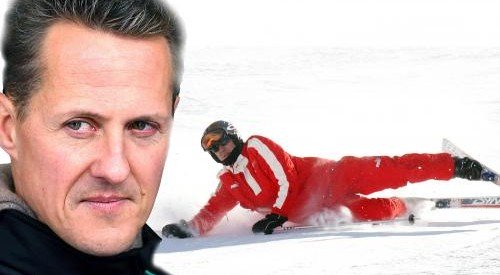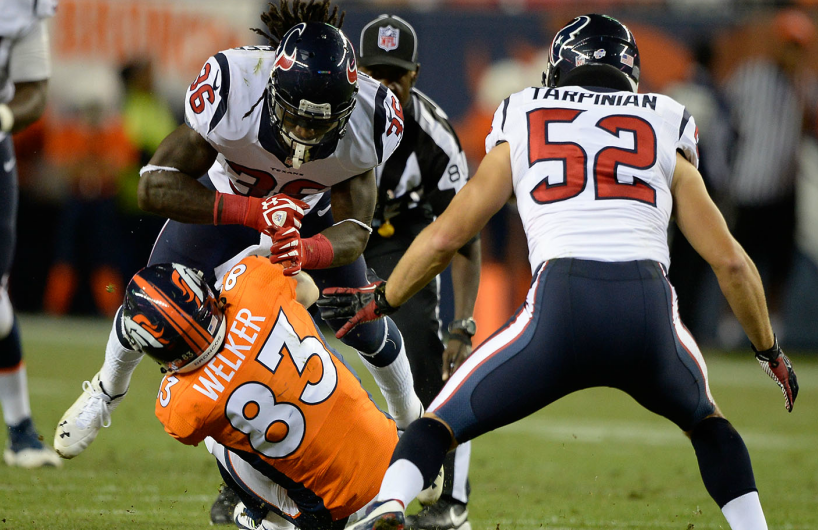Football helmet expert, Dr. John Lloyd, had the privilege to present his research on football helmets as part of the Keynote address at the National Instrument conference in Austin, TX this week. The audience of 5,000+ attendees learned about Dr. Lloyd’s research into biomechanics of the brain.
It has been said that helmets cannot prevent concussions. I disagree.
As a biomechanist I have dedicated my career to studying the biomechanics of brain injuries. There are two key mechanical forces that give rise to head and brain injuries (1) linear forces, which are responsible for visible injuries, including bruising and skull fractures, and (2) rotational forces, which cause invisible injuries, such as concussion and brain injury.
Since helmets are currently designed to pass testing standards that focus on linear forces only, it is no surprise that helmets have limited benefit in preventing concussions. Through advances in medicine we have learned that concussions can potentially have life-long neurological consequences, including memory impairement and personality changes / behavioral effects.
Over the past years I have developed and validated a testing method to evaluate helmets in terms of their ability to protect against both linear and rotational forces. Using this apparatus I characterized football helmets, results of which have been submitted to Science for publication.
Based on lessons learned from my biomechanical evaluation of various sports helmets, I have devised a matrix of shear-thickening non-Newtonian materials. A prototype helmet was constructed using this matrix liner, results of which show that rotational forces that cause concussion and other brain injuries are reduced by up to 50% compared to a leading football helmet, while also reducing linear forces.
It is my goal and my passion to work with leading helmet companies to make this technology available to players and sports participants of all aged to enhance their protection against brain trauma. I am looking to collaborate with one manufacturer in each sport to offer an exclusive license patent-pending technology.



